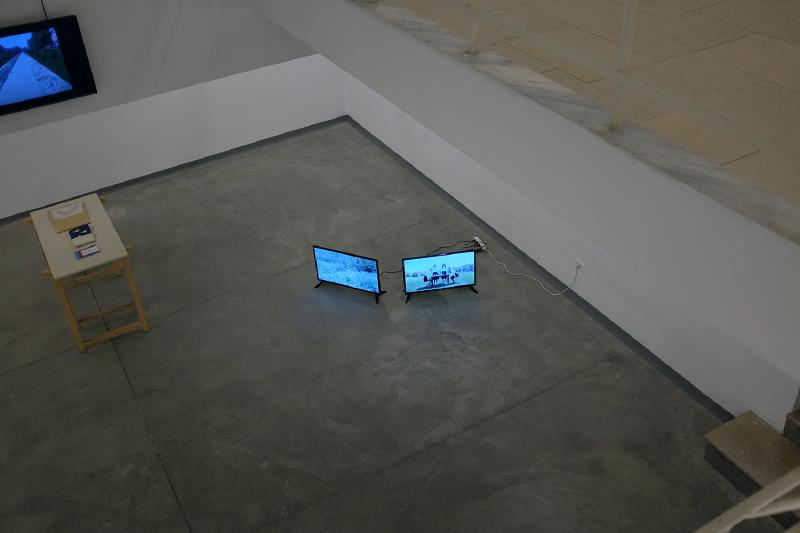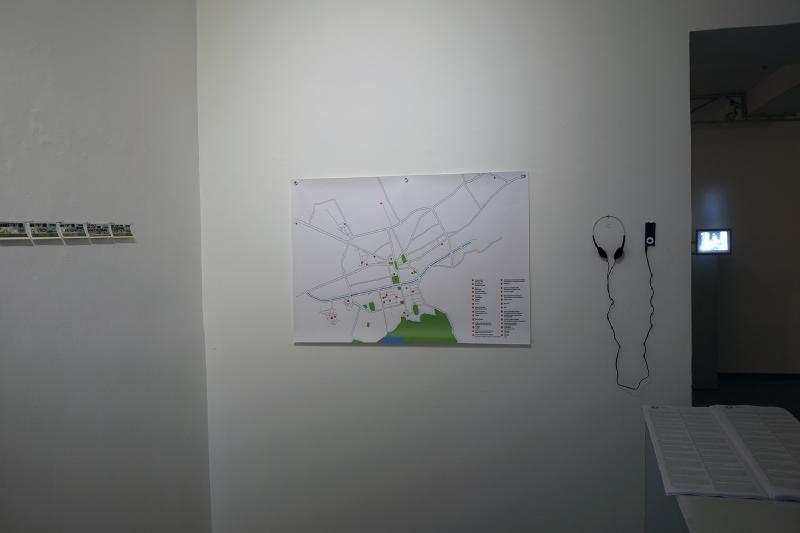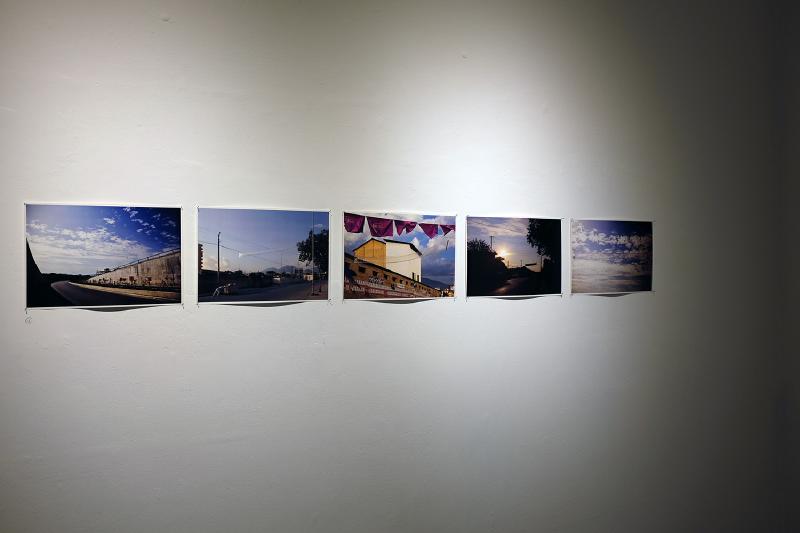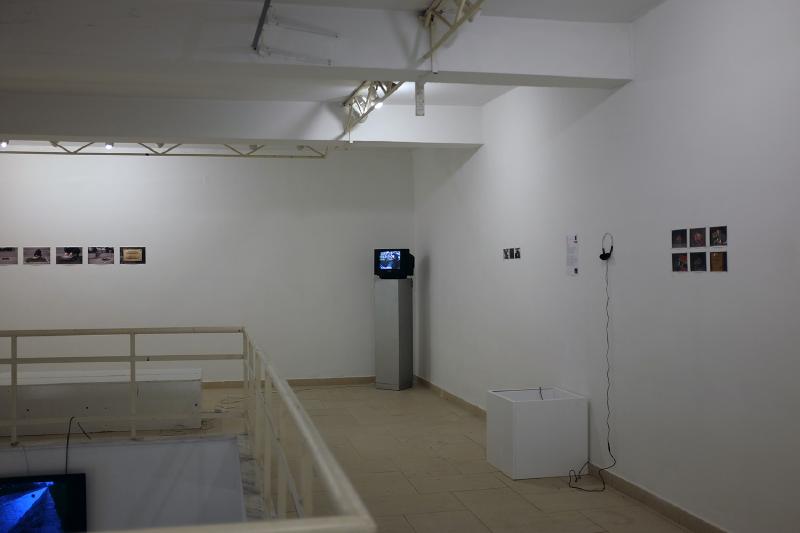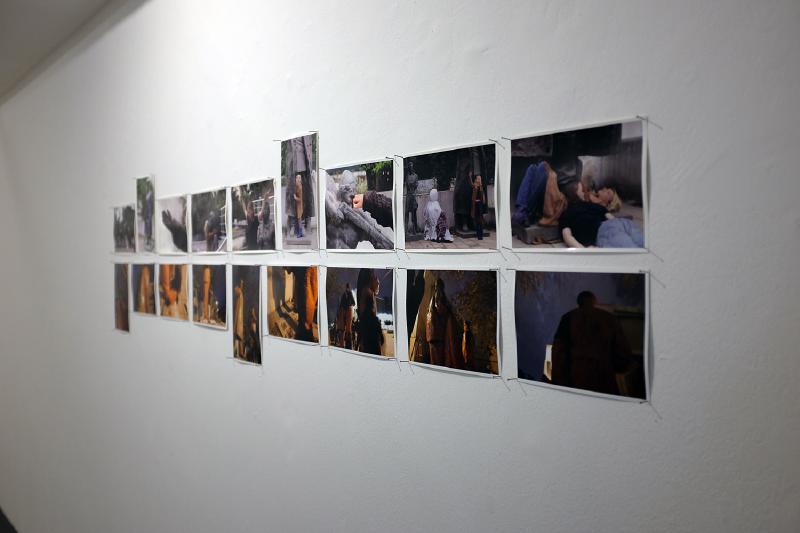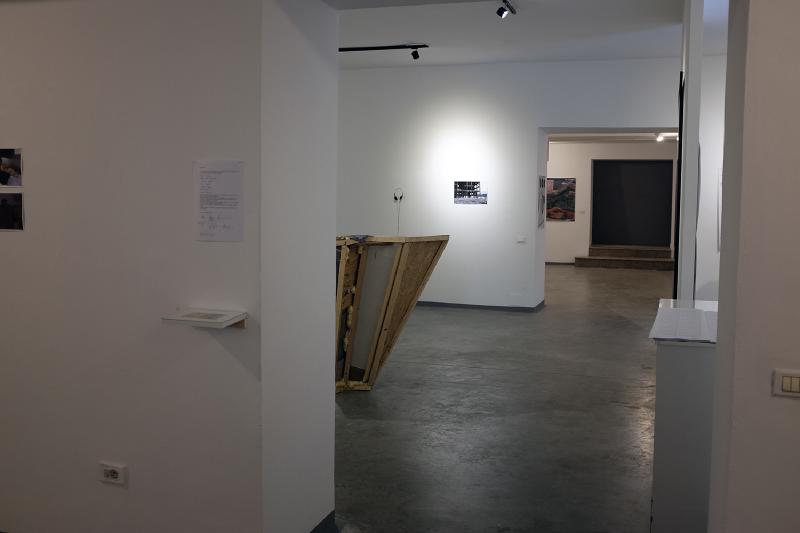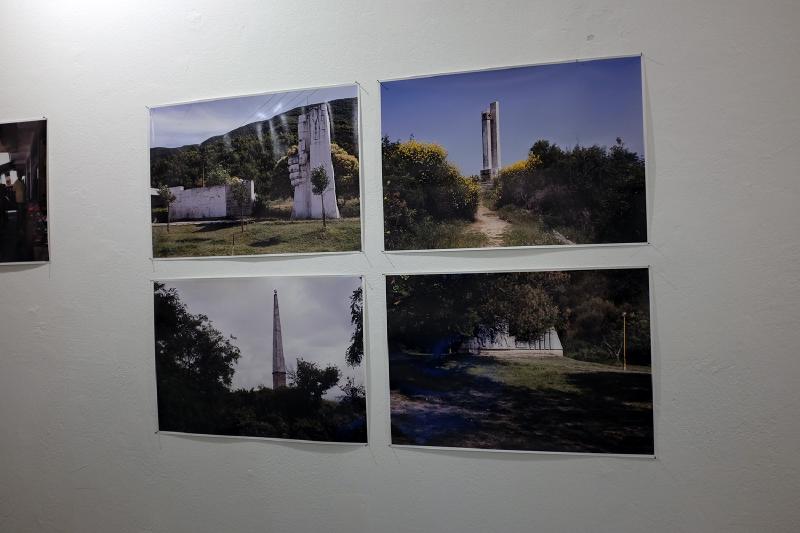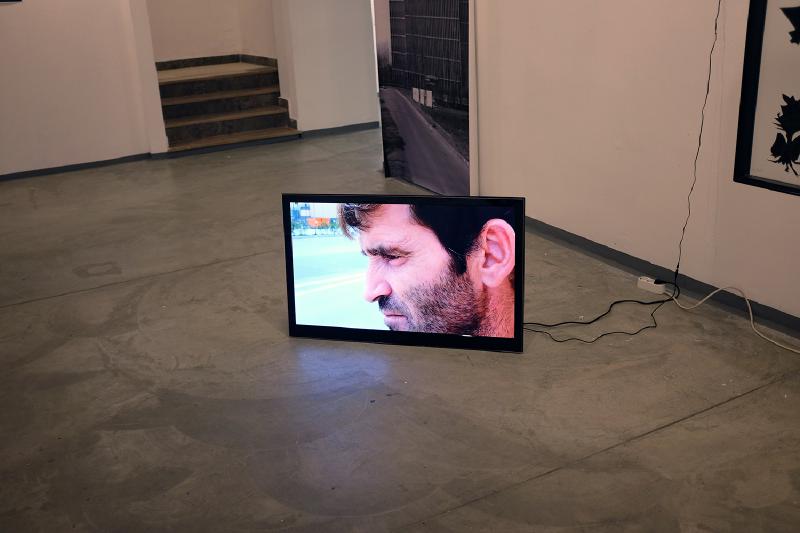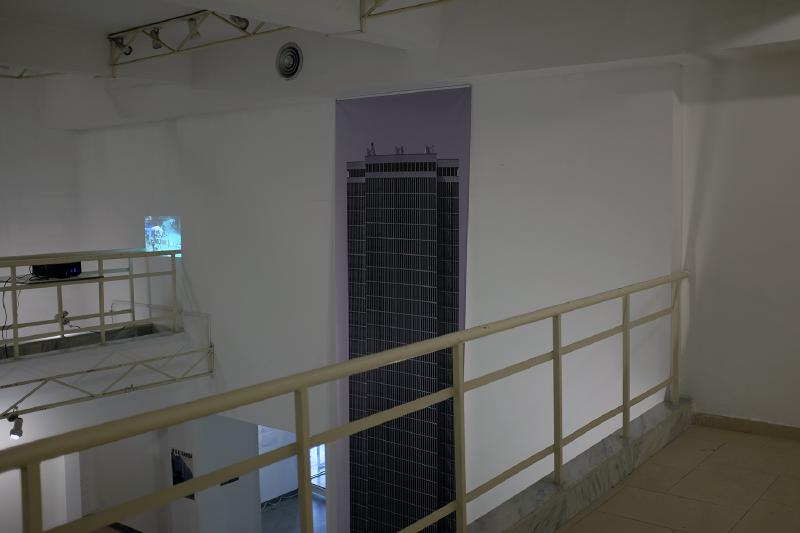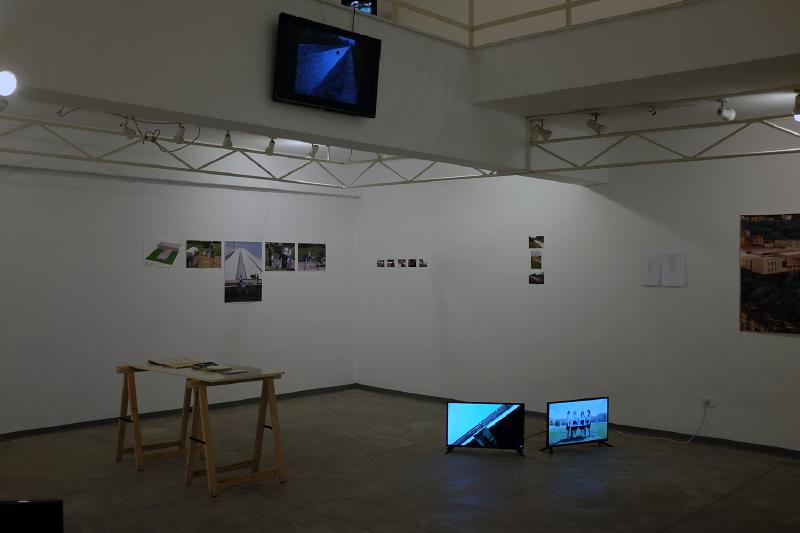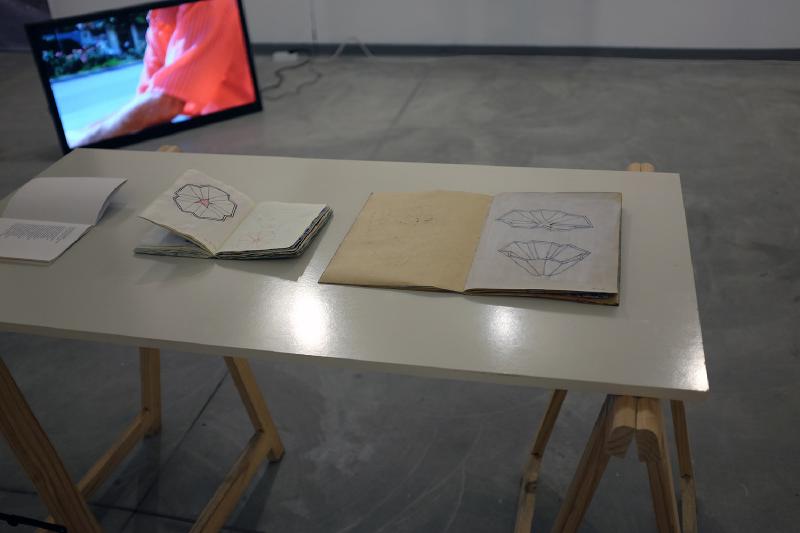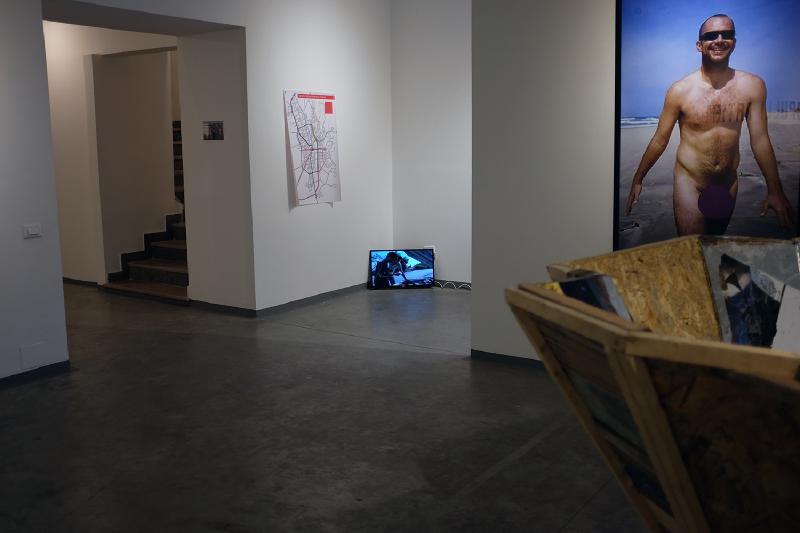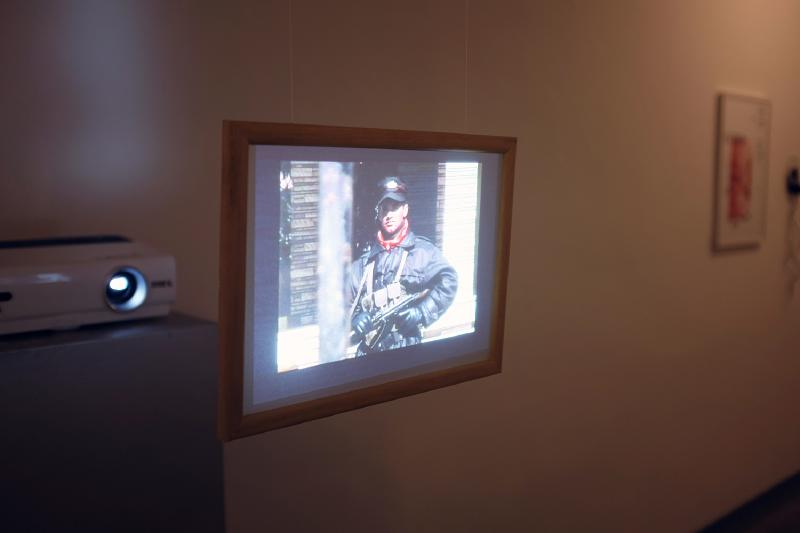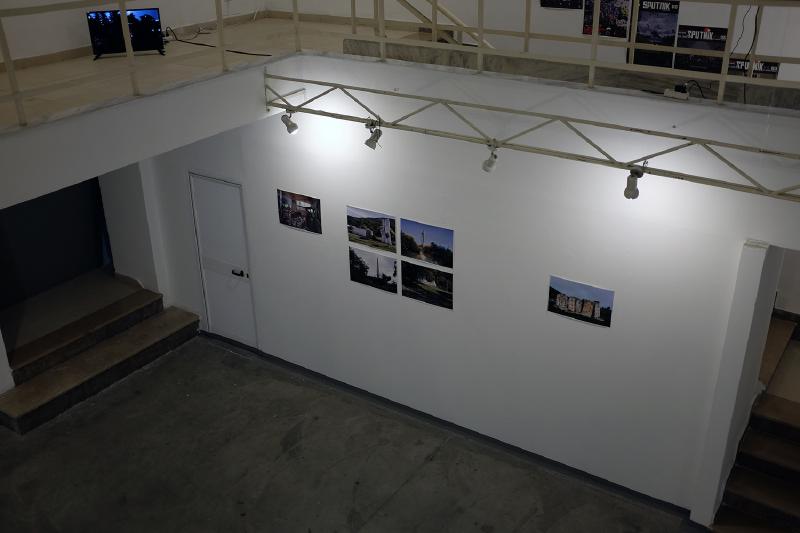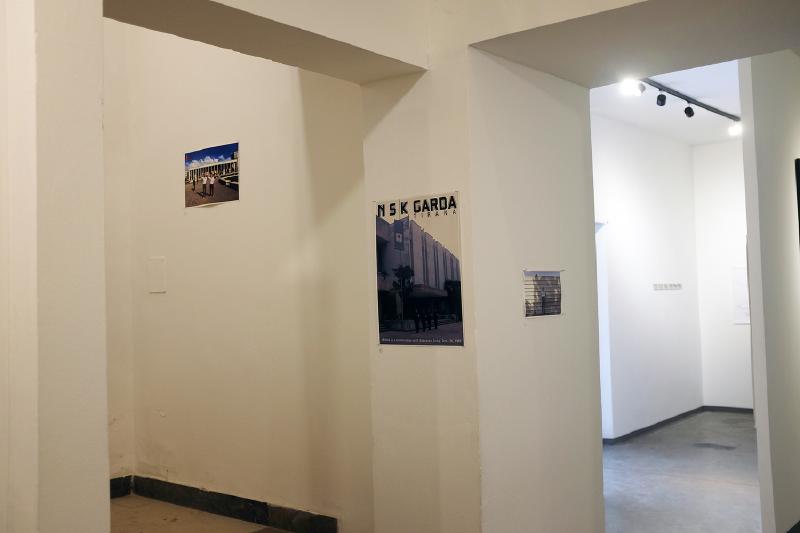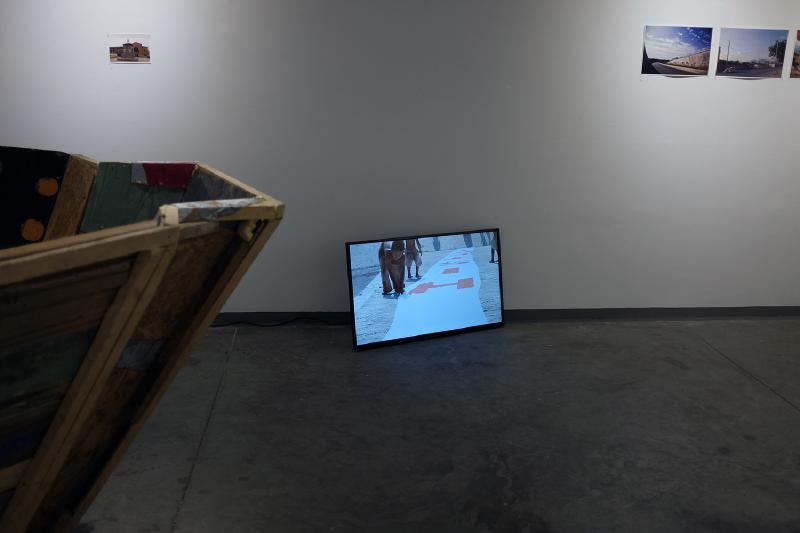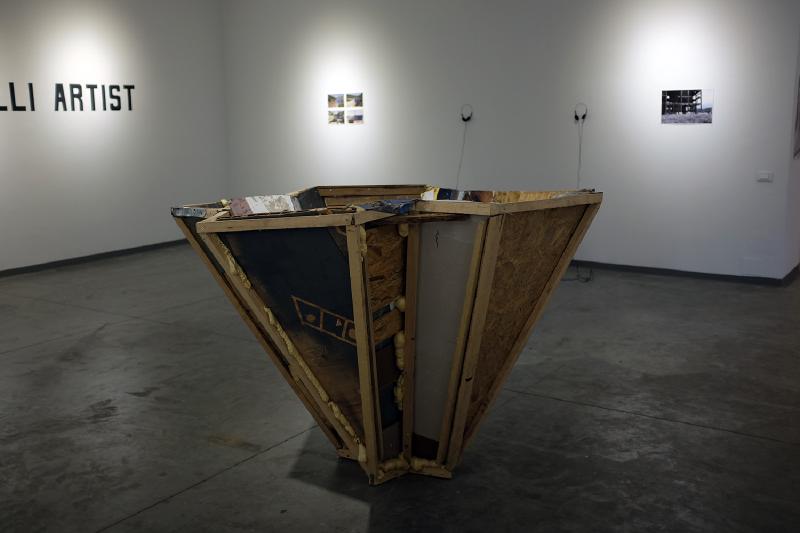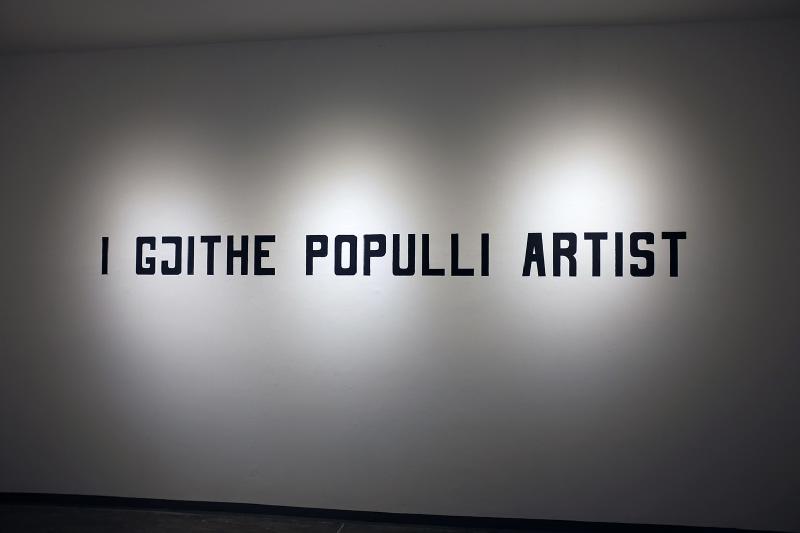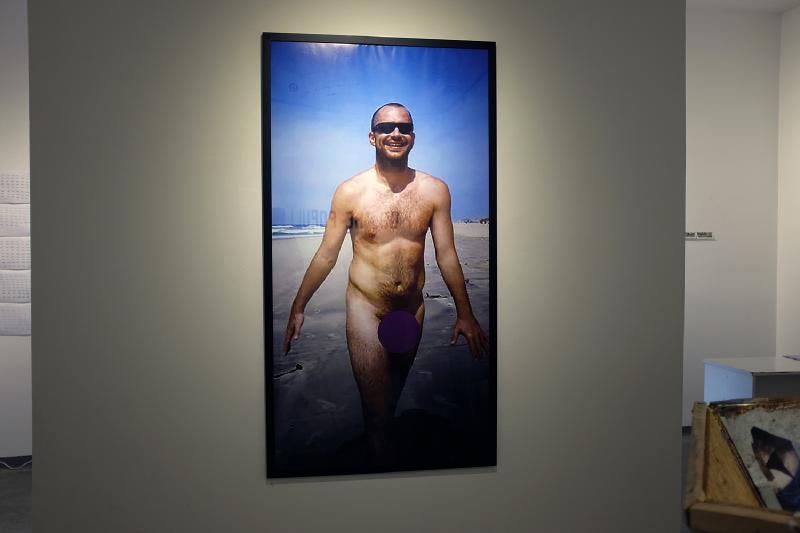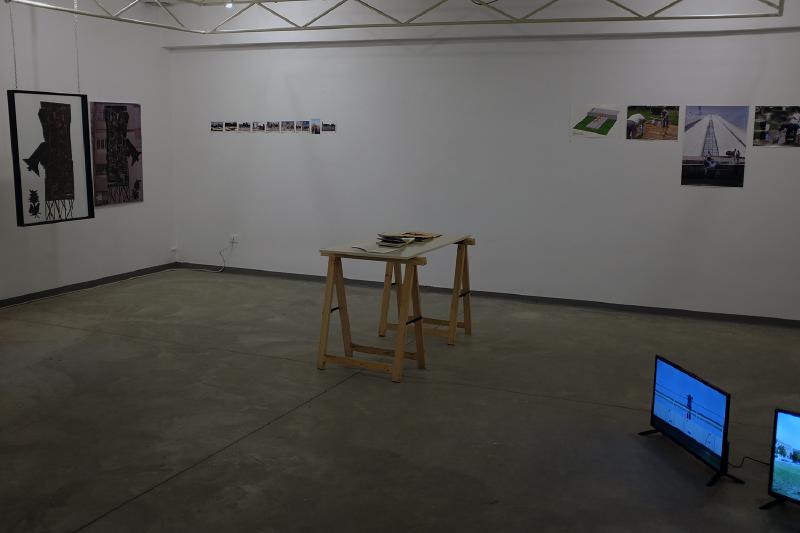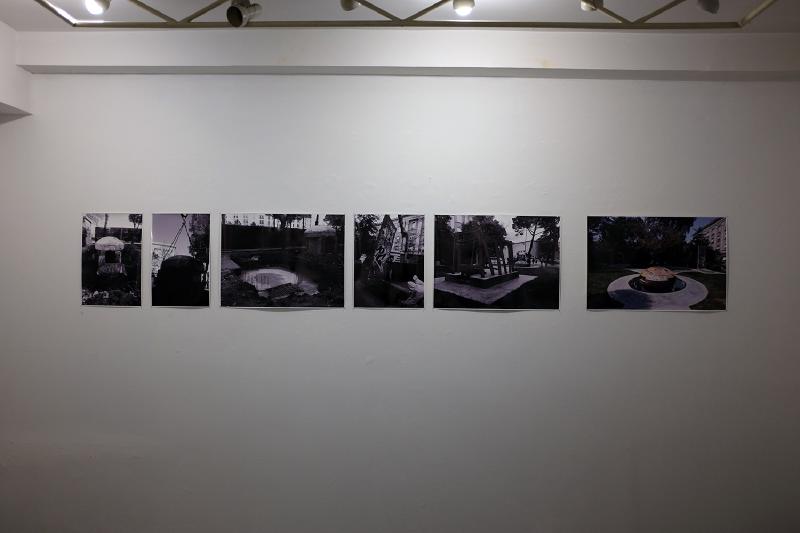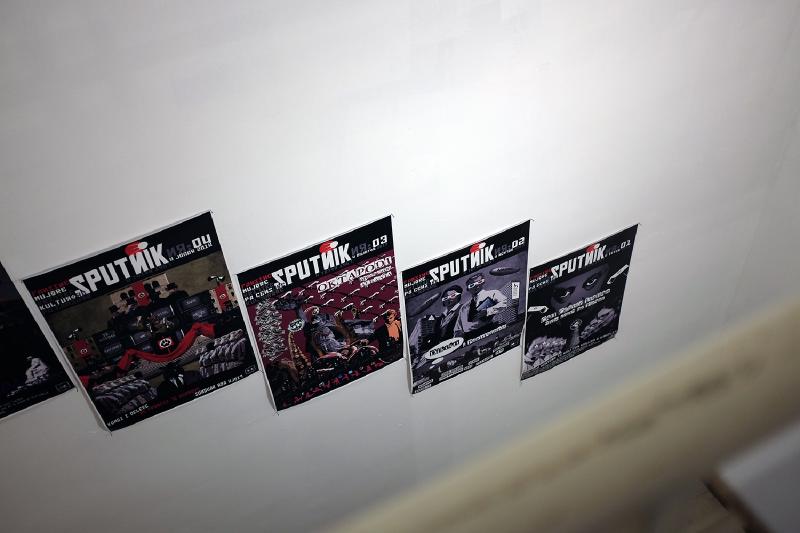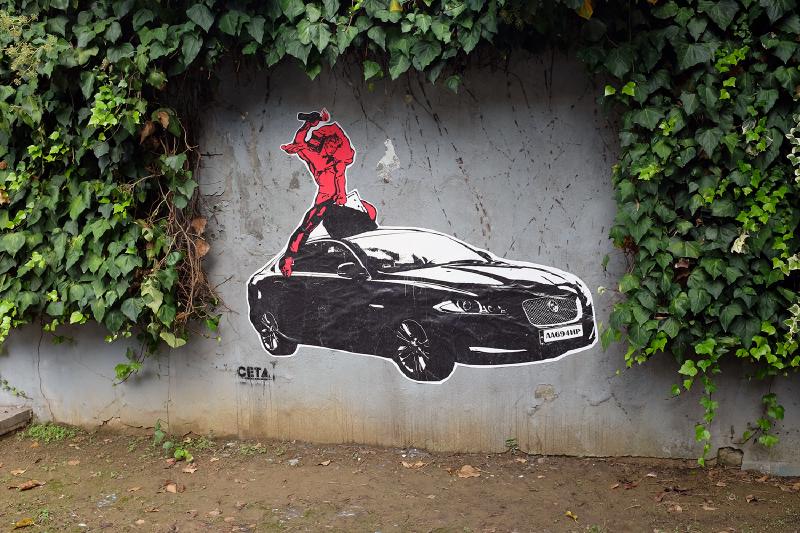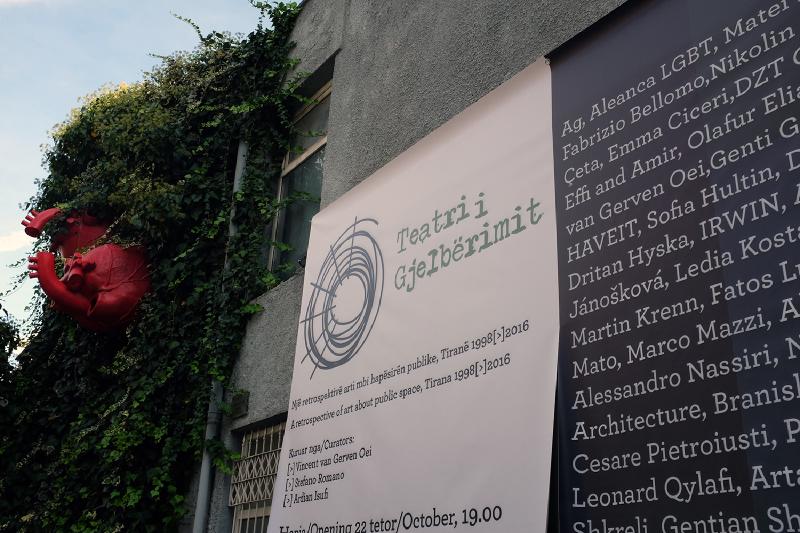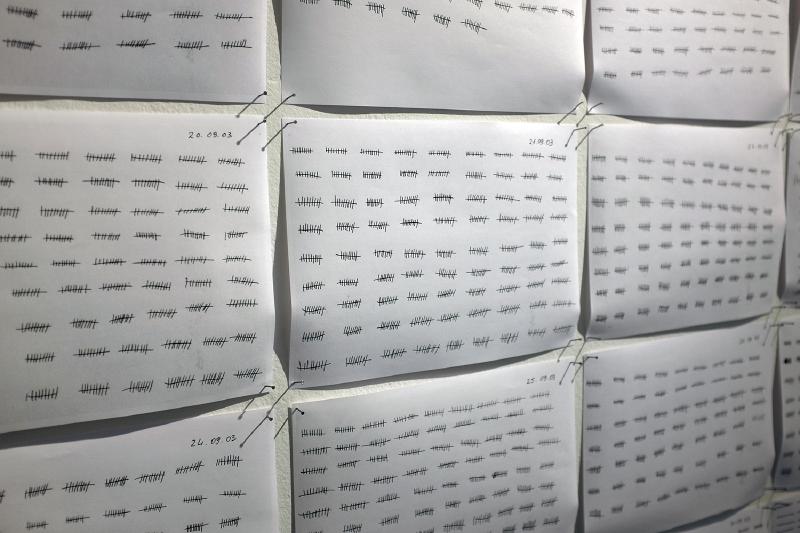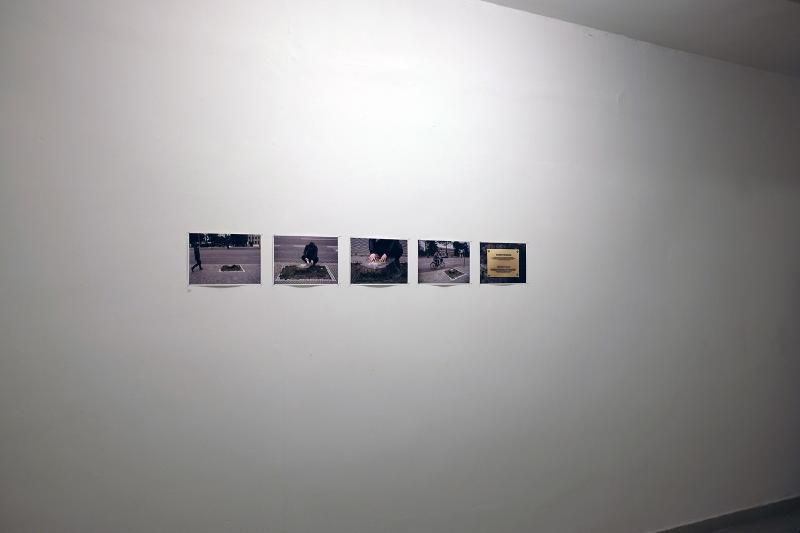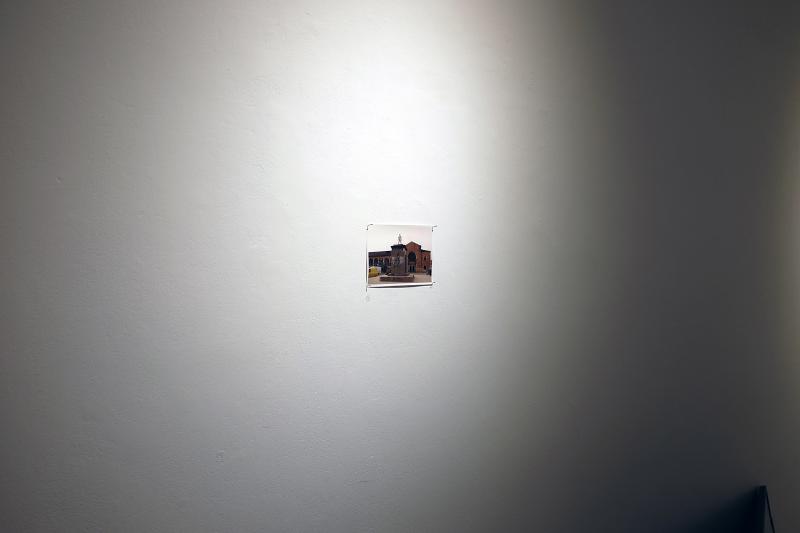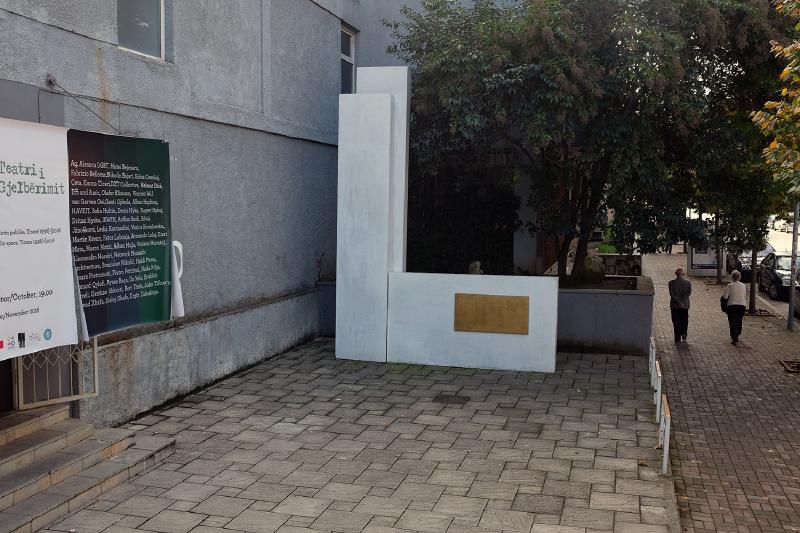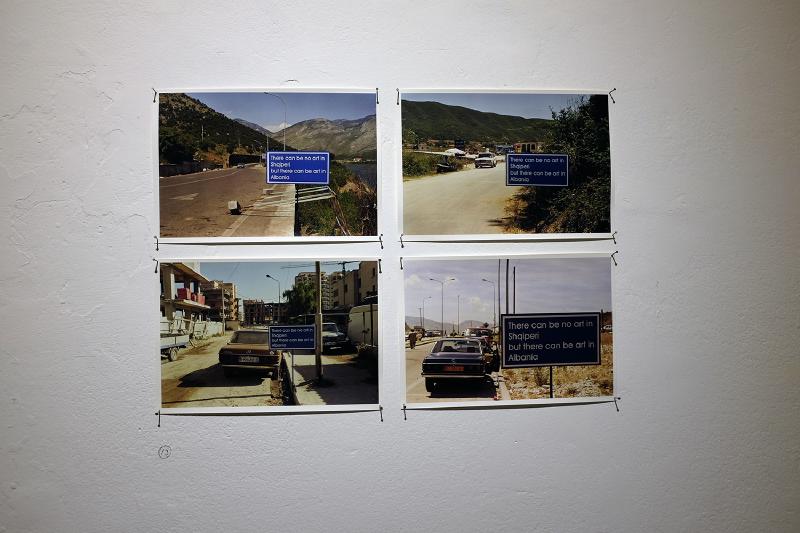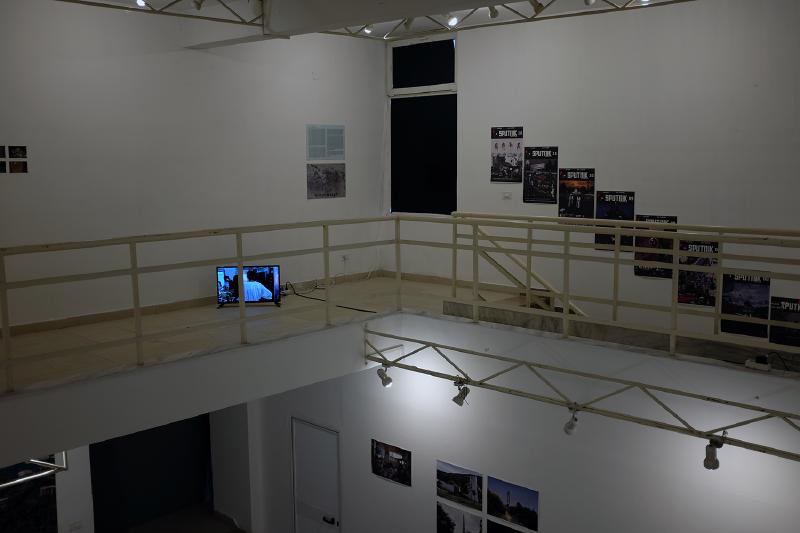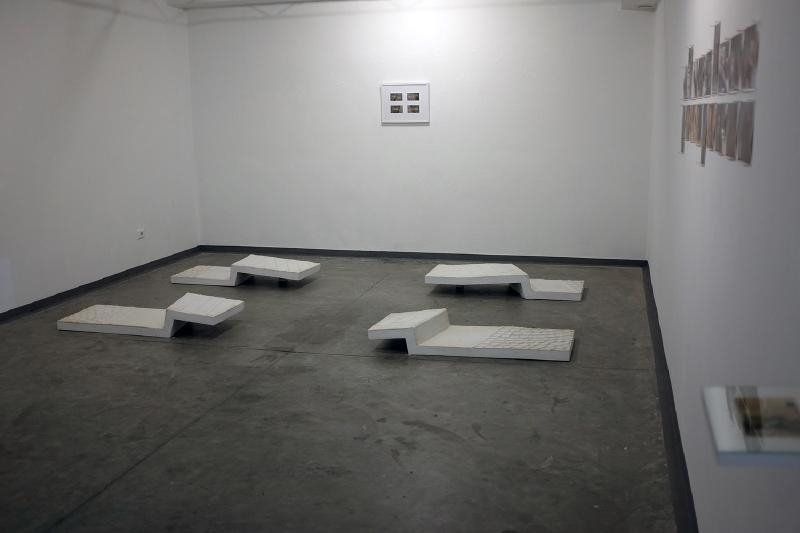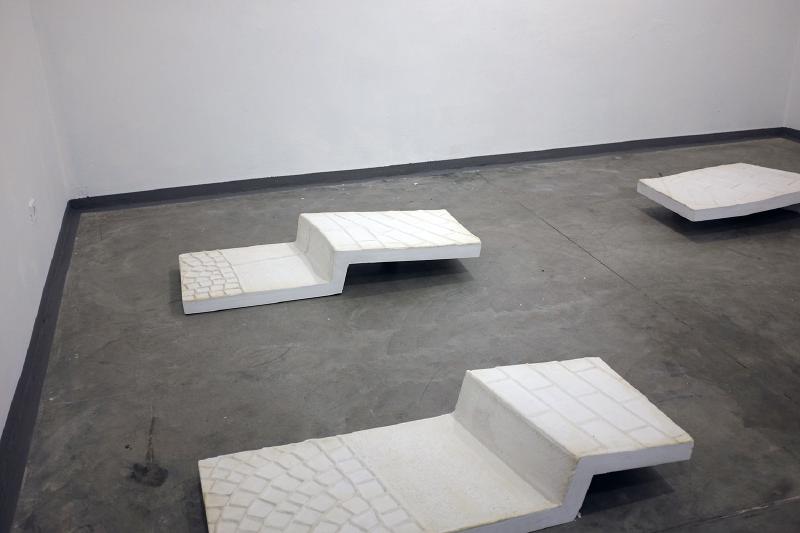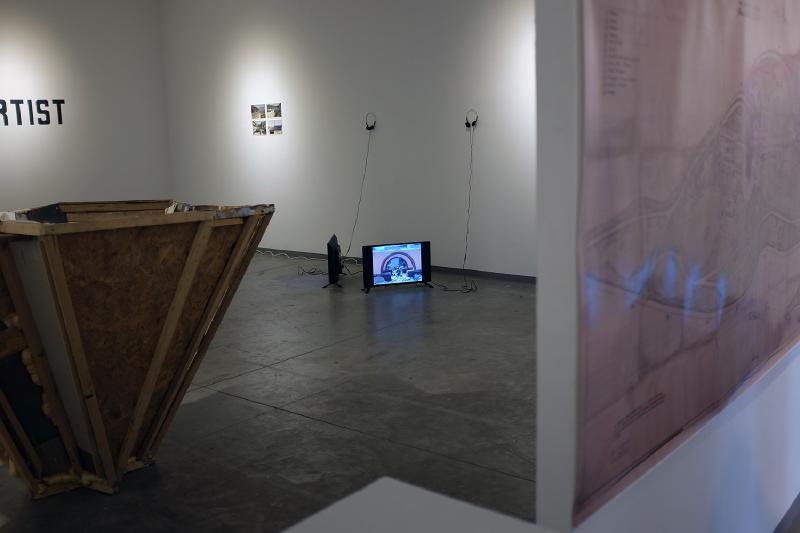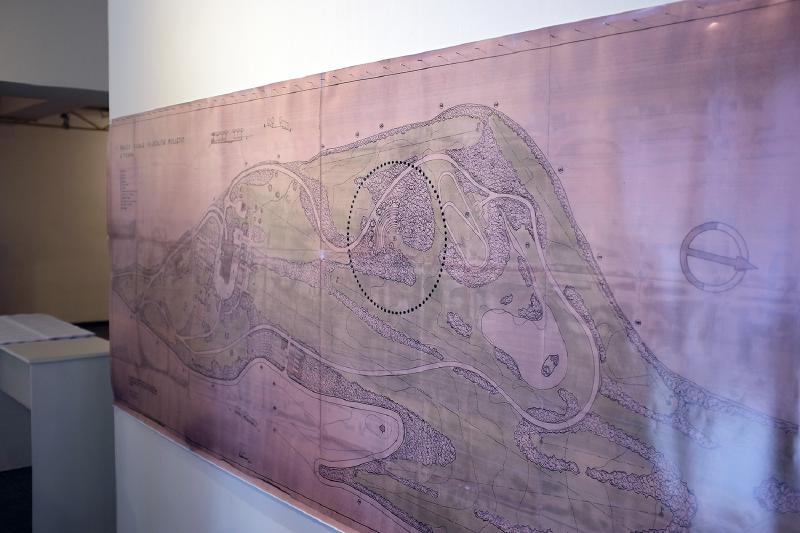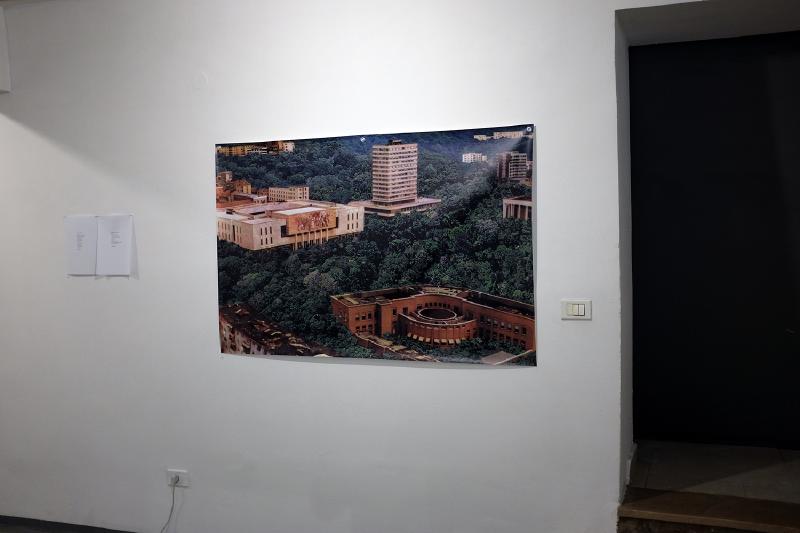Nowadays, urbanism in Tirana seems to be dictated by the necessity of a historical arc that starts with the superposition of a fascist axis of Boulevard and Lana upon the organically grown Ottoman town. According to this narrative, this radical intervention of order was then further formalized during the socialist period, until democracy brought with it unbridled and cancerous growth, that now needs to be put back to order. The imperialist gesture of foreign architects then, is repeated once again today.
But there is also another, alternative historical arc, as we suppose that there are many more. In 1937, a young Italian landscape architect, Pietro Porcinai, proposed to create a Teatro di verzura (Theater of Vegetation) in the garden of King Zog, close to the current location of the amphitheater near the Lake of Tirana. The main architectural component of this structure was precisely vegetation: grass, trees, bushes. The sculpting of green space as a communal place. This intervention suggests a historical arc from the gardens of Ottoman Tirana to the Teatro di verzura, the creation of the Lake Park during the socialist period, and up to the current civil society protests against the betonization of the Tirana’s last remaining green areas.
This alternative history has not been lost to the many artists, designers, and architects, who, ever since the late 1990s, have attempted to imagine and reimagine Tirana – as a city, organ, fabric, home, studio – in the few pockets that allowed for independent thinking and creation. Teatri i Gjelbërimit shows the overabundance of sketches, thoughts, ideas, and dreams of Tirana as a giant, overstocked theater bursting at the seams – as a love letter to our City.
During the process of creating the exhibition, artist, curator, and community organizer Bert Theis passed away. The curators wish to dedicate Teatri i Gjelbërimit to his work and activism.
Curated by Vincent W.J. van Gerven Oei, Stefano Romano, and Ardian Isufi. FAB Gallery, Tirana, Albania, 2016. Contributing artists: Ag, Aleanca LGBT, Matei Bejenaru, Fabrizio Bellomo, Nikolin Bujari, Enisa Cenaliaj, Çeta, Emma Ciceri, DZT Collective, Helmut Dick, Effi and Amir, Olafur Eliasson, Vincent W.J. van Gerven Oei, Genti Gjikola, Alban Hajdinaj, HAVEIT, Sofia Hultin, Denis Hyka, Eugert Hykaj, Dritan Hyska, IRWIN, Ardian Isufi, Silvia Jánošková, Ledia Kostandini, Verica Kovačevska, Martin Krenn, Fatos Lubonja, Armando Lulaj, Enri Mato, Marco Mazzi, Alban Muja, Violana Murataj, Alessandro Nassiri, Network Nomadic Architecture, Branislav Nikolić, Heldi Pema, Cesare Petroiusti, Pietro Porcinai, Nada Prlja, Leonard Qylafi, Artan Raça, Ila Selo, Syabhit Shkreli, Gentian Shkurti, Bert Theis, John Tilbury, Pleurad Xhafa, Sislej Xhafa, and Ergin Zaloshnja. Documentation by Marco Mazzi. With financial support by Ottonomy.
